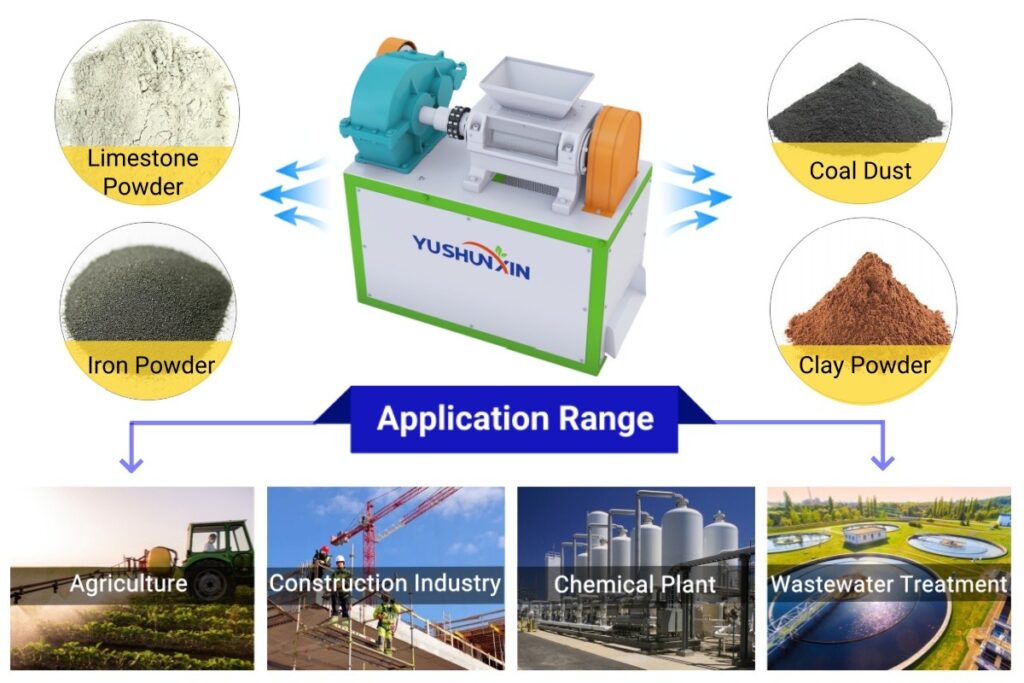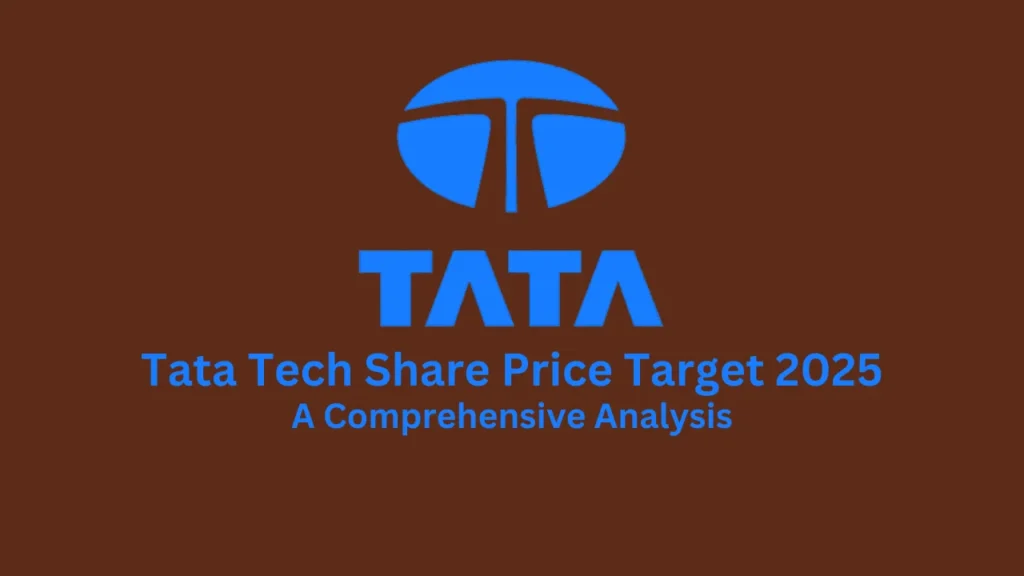Introduction
The demand for limestone-based products has been on the rise in industries such as agriculture, metallurgy, construction, and environmental management. Limestone, primarily composed of calcium carbonate (CaCO₃), is widely used for soil conditioning, water treatment, flue-gas desulfurization, and even in cement production. However, raw limestone powder often poses challenges in handling, transportation, and application due to dust issues and uneven particle size.
This is where limestone pelletization comes into play. Pelletizing transforms fine limestone powder into uniform, dust-free pellets that are easier to transport, store, and apply in various industries. For entrepreneurs and manufacturers looking to invest in this growing sector, understanding how to make limestone pellet efficiently is key to success.
Equally important is selecting the right equipment for the process. Today, extrusion granulation machines—especially double roller press granulators—have become the preferred choice due to their energy efficiency, low investment cost, and high output. For investors in South Asia, sourcing an extruder machine for sale in pakistan provides a profitable opportunity to set up a localized limestone pellet production business.
Chapter 1: Why Pelletize Limestone?
Before diving into the process of how to make limestone pellet, it is important to understand why pelletization is beneficial compared to using raw limestone powder.
1. Dust-Free Handling
Powdered limestone generates a significant amount of dust, which poses health hazards, increases material loss, and complicates handling. Pelletization reduces dust by converting fine particles into dense granules.
2. Controlled Application
Pellets are easier to spread evenly in agricultural fields, reducing wastage and ensuring uniform soil conditioning. Industries also benefit from accurate dosing.
3. Improved Storage and Transport
Pellets occupy less volume, resist moisture better, and can be packaged easily compared to powder.
4. Enhanced Market Value
Pelletized limestone can be sold at a higher price point, especially when tailored to specific industries like agriculture or metallurgy.
These advantages highlight why businesses are exploring opportunities in this niche, and why many investors are searching for reliable extruder machine for sale in Pakistan to set up production lines locally.
Chapter 2: How to Make Limestone Pellet – Step-by-Step Guide
Producing limestone pellets involves several critical steps. Understanding these ensures high-quality granules that meet industry standards.
Step 1: Raw Material Preparation
The first step in how to make limestone pellet is preparing the raw material. Natural limestone rocks are mined, crushed, and ground into fine powder. The powder’s fineness is crucial—generally between 100–325 mesh—to ensure compact, durable pellets.
Step 2: Batching and Mixing
The limestone powder is mixed with small amounts of binders (such as bentonite clay, lignosulfonate, or cement) and sometimes moisture. The binder strengthens pellet formation and ensures consistent quality.
Step 3: Granulation Using an Extruder Machine
This is the most important stage. The mixture is fed into a roller extrusion granulator (commonly known as an extruder machine). Under high pressure, the powder is compacted between rollers to form solid sheets, which are then crushed and shaped into granules.
This is where the keyword extruder machine for sale in Pakistan becomes highly relevant. Double roller extrusion granulators are widely available from manufacturers in Pakistan, offering local entrepreneurs affordable and durable equipment for limestone pellet production.
Step 4: Sizing and Screening
The granules formed in the extruder may vary in size. A screening machine sorts the pellets, allowing oversized or undersized particles to be recycled back into the process.
Step 5: Drying and Cooling (if needed)
Depending on the binder and moisture content, pellets may require drying to strengthen their structure. A rotary dryer or natural sun drying can be used.
Step 6: Packaging and Storage
Finally, pellets are weighed, bagged, and stored. Proper packaging ensures product stability during transportation and extends shelf life.
Chapter 3: The Role of Extrusion Technology in Pelletization
Extrusion is at the heart of limestone pellet production. Without the right machine, the process can be inefficient and costly. Let’s explore why extrusion technology is favored.
1. Dry Granulation Advantage
Unlike traditional pan or drum granulators, extrusion technology relies on dry granulation. This means no drying or heating is necessary, saving energy and cost.
2. High Efficiency
Double roller extruders can produce 1–3 tons of limestone pellets per hour, depending on model size. Larger setups in Pakistan even reach 10–20 tons/hour.
3. Compact Design
The machines are relatively small and can be installed in limited factory spaces, making them suitable for small- and medium-scale businesses.
4. Low Investment, High Return
An extruder machine for sale in Pakistan typically costs between PKR 3–9 million, depending on capacity and automation. This makes it accessible to local entrepreneurs looking to enter the fertilizer or construction material market.
Chapter 4: Market Potential in Pakistan
Investing in limestone pellet production is especially promising in Pakistan for several reasons:
1. Abundant Limestone Reserves
Pakistan has vast deposits of limestone in Punjab, Sindh, and Balochistan. Raw material availability ensures long-term sustainability.
2. Agricultural Sector Demand
As an agricultural economy, Pakistan requires soil conditioning products. Pelletized limestone (often marketed as agricultural lime) is in demand for neutralizing acidic soils and improving crop yield.
3. Construction and Cement Industry
Pelletized limestone is also used in cement production and as a raw material in steel industries.
4. Growing Environmental Applications
Pellets are used for water treatment and flue-gas desulfurization in industrial plants.
With these factors, entrepreneurs who invest in pellet plants with an extruder machine for sale in Pakistan can tap into multiple industries, ensuring diverse revenue streams.
Chapter 5: Cost Analysis and Business Setup
A typical 2-ton-per-hour limestone pellet plant setup in Pakistan would require:
- Crushing and grinding unit – to produce fine limestone powder.
- Batching and mixing machine – for uniform blending.
- Extruder machine (roller press granulator) – the core equipment.
- Screening unit – to sort pellet sizes.
- Packaging line – for final products.
Approximate Cost Breakdown
- Crushing & grinding: PKR 2–3 million
- Mixer & batching system: PKR 1.5–2 million
- Extruder machine: PKR 3–5 million
- Screening & packaging: PKR 1–2 million
- Installation & miscellaneous: PKR 1–1.5 million
Total Investment: ~PKR 8–12 million (USD 30,000–45,000) depending on scale.
Given the strong demand, investors can recover costs within 2–3 years through domestic sales and possible exports.
Chapter 6: How to Choose the Right Extruder Machine for Sale in Pakistan
When selecting equipment, consider the following:
- Capacity – Match machine output to your business plan (1–20 T/H).
- Durability – Machines with strong alloy rollers last longer.
- After-Sales Support – Ensure the supplier provides local service in Pakistan.
- Energy Efficiency – Choose machines with lower kW ratings for reduced operational cost.
- Versatility – Some extruders can process multiple materials (limestone, gypsum, NPK fertilizer).
Chapter 7: Challenges and Solutions in Pellet Production
Like any business, limestone pelletization comes with challenges.
1. Powder Fineness Issues
If limestone powder is too coarse, pellets may crumble. Solution: Use advanced grinding mills.
2. Binder Selection
Inadequate binder results in weak pellets. Solution: Test different binders like bentonite or cement to optimize.
3. Market Awareness
Farmers may not be familiar with pelletized lime. Solution: Conduct awareness campaigns and demonstrate benefits.
4. Machine Maintenance
Rollers wear out over time. Solution: Partner with suppliers offering spares for extruder machines in Pakistan.
Chapter 8: Future Outlook
As Pakistan focuses on modernizing agriculture and industries, demand for pelletized materials will grow. With government incentives for agro-based businesses and local manufacturing, the availability of extruder machine for sale in Pakistan ensures that entrepreneurs can easily enter this market. Additionally, advancements in automation and eco-friendly binders will further improve efficiency and sustainability.
Conclusion
Learning how to make limestone pellet is the first step toward entering a profitable and sustainable business. With raw limestone readily available in Pakistan and strong demand across multiple industries, pelletization is a lucrative opportunity. By investing in the right extruder machine for sale in Pakistan, entrepreneurs can set up cost-efficient production lines, reduce material wastage, and deliver high-quality pellets to diverse markets.
The combination of technological efficiency, local demand, and low entry cost makes limestone pelletization a golden opportunity for Pakistani investors. With proper planning, machine selection, and marketing, your pellet production plant can grow into a long-term, high-return enterprise.



